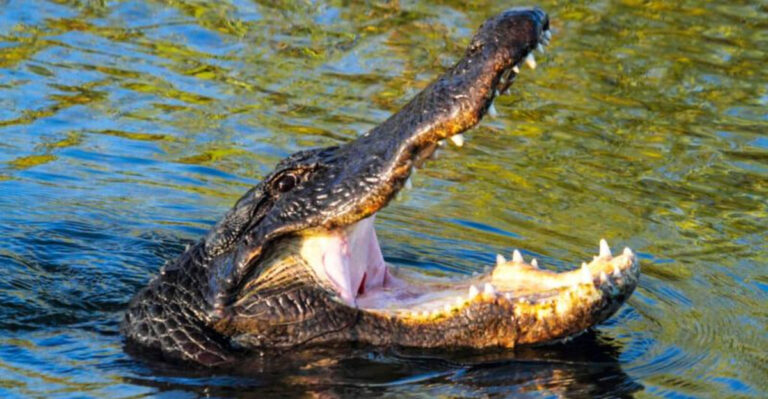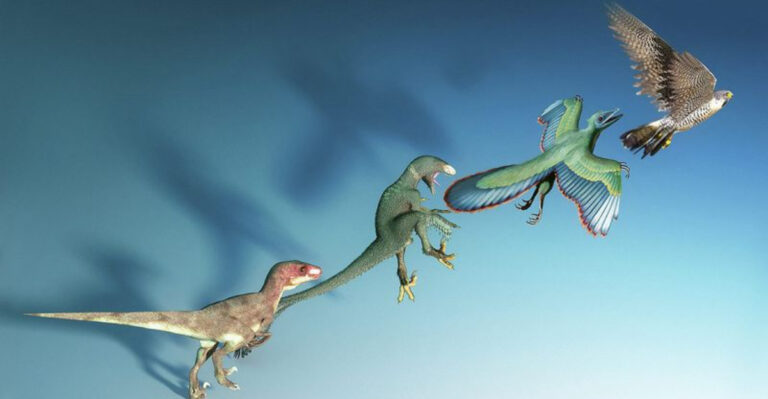14 Species That Were Only Seen Once
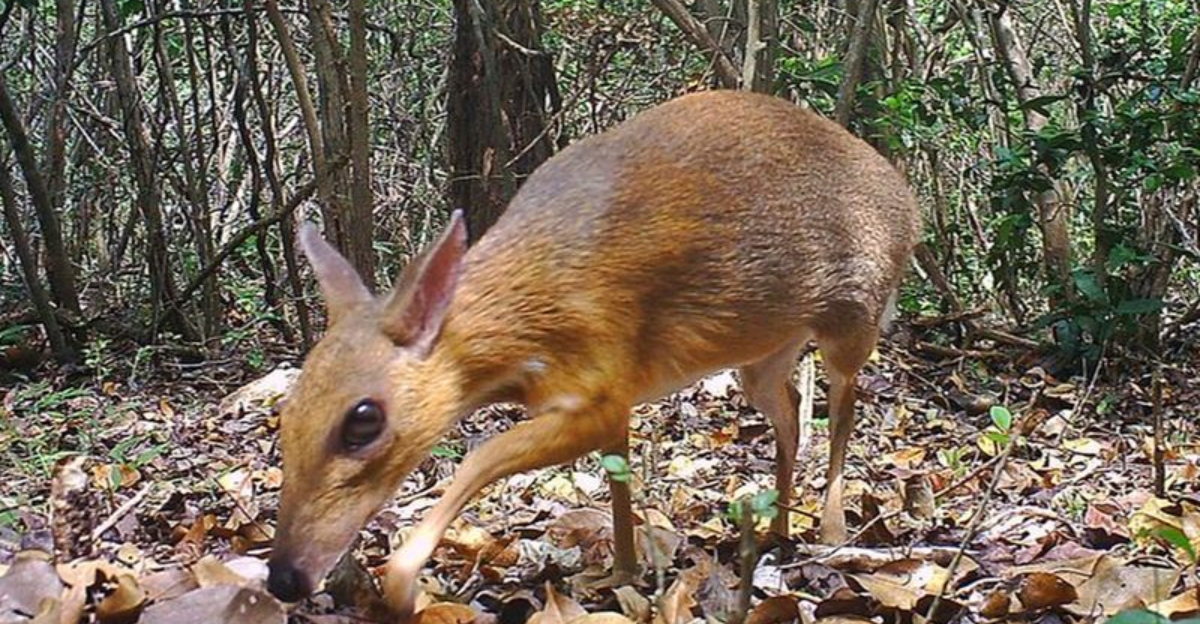
The natural world is full of mysteries, including creatures that appeared only to vanish forever. Some animals have been documented just once before disappearing completely from scientific records.
These fleeting glimpses into nature’s rarest beings tell us something important: our planet still holds secrets we’ve barely begun to understand.
1. The Enigmatic Narluga
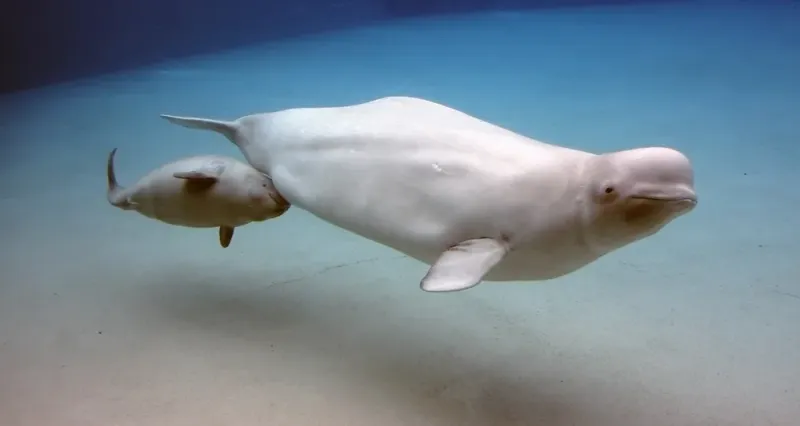
A strange whale discovered in Greenland in the 1980s puzzled scientists for decades. DNA testing eventually confirmed it was a natural hybrid between a narwhal and a beluga whale – the only one ever documented.
The skull, with its unusual teeth formation, remained the sole evidence of this cross-species miracle until 2019 when researchers finally identified its true nature.
2. Attenborough’s Long-Beaked Echidna
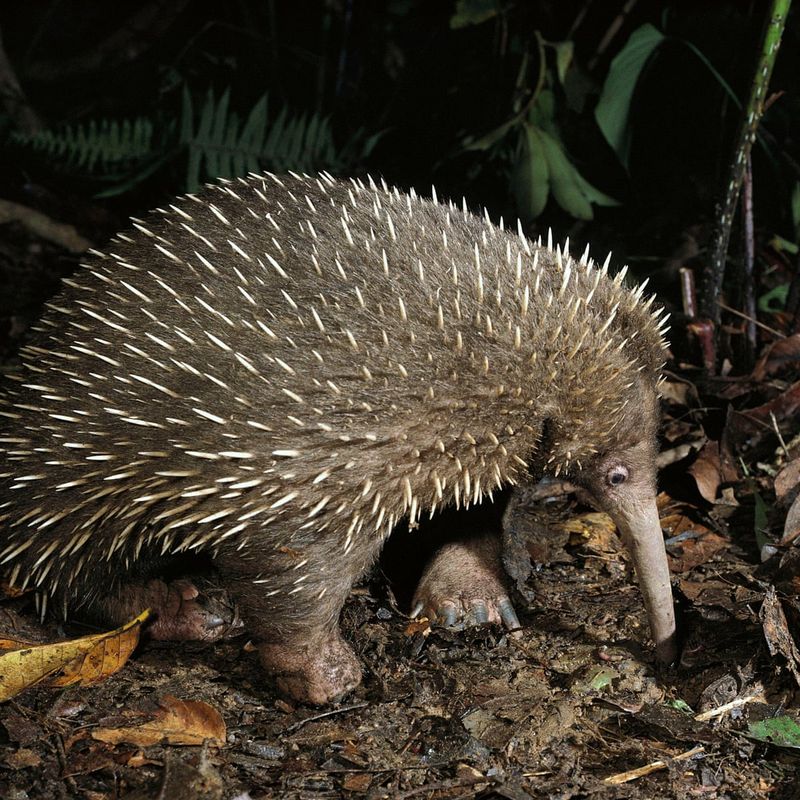
Named after the famous naturalist, this spiny mammal was photographed once in 1961 in the Cyclops Mountains of New Guinea. The single blurry photograph represents the only confirmed sighting by Western scientists.
Local hunters claim to have encountered the creature occasionally, keeping hope alive that this elusive egg-laying mammal still roams the remote forests of Papua.
3. The Phantom Deer Of Vietnam
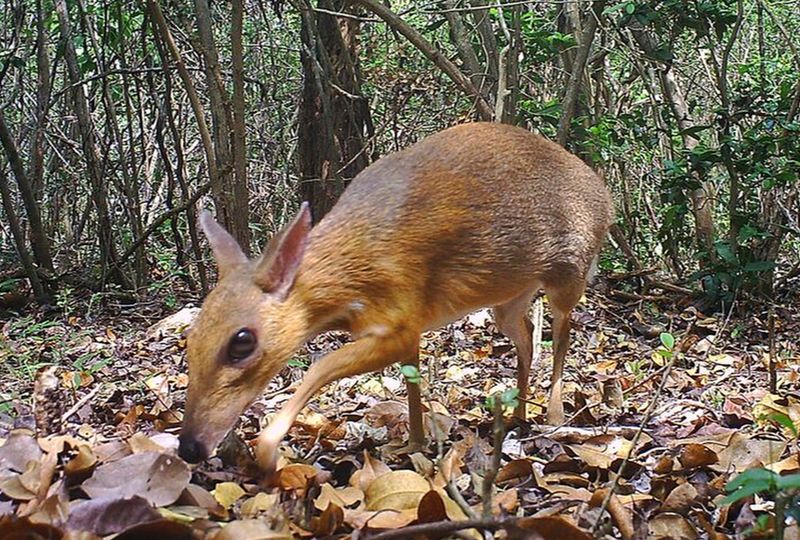
The silver-backed chevrotain, nicknamed the ‘Vietnamese mouse-deer,’ disappeared for nearly 30 years after a single documented sighting. This rabbit-sized creature with fangs and deer-like features seemed to exist only in local folklore.
Scientists thought it extinct until 2019 when camera traps captured new images, confirming this mysterious ungulate had somehow survived in Vietnam’s coastal forests.
4. The Lost Hummingbird Of Colombia
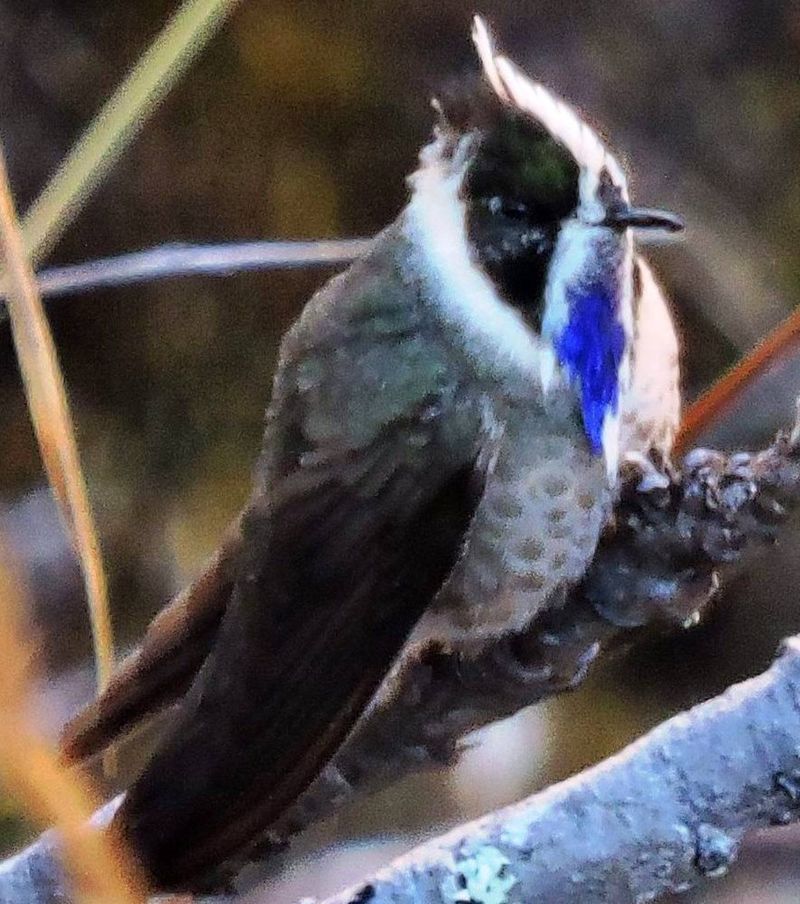
The blue-bearded helmetcrest vanished after its discovery in 1880. A single specimen collected by explorers represented the only proof of its existence for over a century.
Mountain development and habitat destruction seemed to have sealed its fate. Then, astonishingly, a wildlife photographer spotted one in 2015 in a remote paramo ecosystem, giving conservationists renewed hope for this glittering bird.
5. The Impossible Snail

Discovered in a limestone quarry in Cornwall, England, in 1914, the Xerarionta sanctaecrucis snail was documented exactly once. The single shell collected represents the entirety of scientific knowledge about this species.
What makes this find particularly baffling is that the snail belongs to a genus otherwise found only in California. How it ended up in England remains one of zoology’s strangest mysteries.
6. The Phantom Cephalopod

The Promachoteuthis sloani squid exists as a single juvenile specimen collected in 1869. Measuring just over an inch long, this bizarre deep-sea creature was hauled up from the South Atlantic and has never been seen again.
Its most striking feature is what appears to be human-like teeth, actually exposed lips. This ghostly cephalopod reminds us how little we know about what lurks in the ocean depths.
7. The Vanished Cuban Kite

A striking raptor with rust-colored plumage, the Cuban kite was documented just once in 1839 when a specimen was collected near Havana. The bird was declared extinct without scientists ever observing it in the wild.
Some ornithologists question whether it was actually a distinct species or merely a color variant of another kite. Either way, this beautiful bird of prey exists now only as a single museum specimen.
8. The Elusive Forest Elephant Shrew
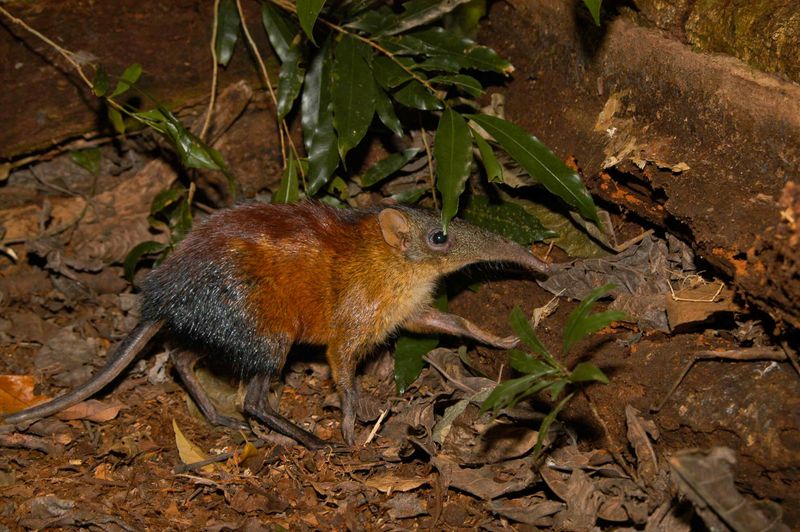
The Boni giant sengi was spotted once in Kenya’s coastal forests in 2005. Scientists captured a single blurry photograph of this elephant-relative with a distinctive trunk-like nose before it disappeared into the undergrowth.
Despite extensive camera trapping and searching, no further evidence of this mammal has emerged. Conservation efforts continue in hopes that this unique creature still hides within East Africa’s diminishing forests.
9. The Mysterious Golden Mole
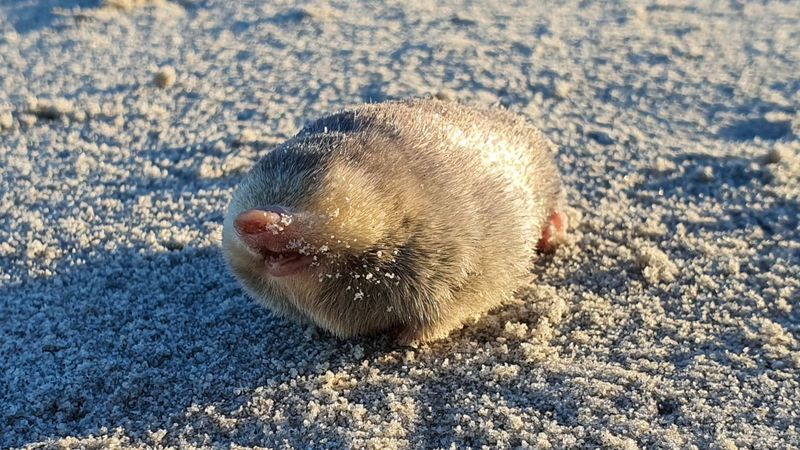
De Winton’s golden mole was last documented in South Africa in 1937. A single specimen, with its distinctive golden fur that shimmers in sunlight, represents our only scientific record.
Unlike most presumed-extinct species, this subterranean creature might still exist. Its underground lifestyle makes detection nearly impossible, leading researchers to employ environmental DNA sampling of soil to search for traces of this glittering mammal.
10. The Namibian Sand Cat

In the golden hues of the Namib desert, a sand cat was spotted slinking across the dunes. Its coat blended seamlessly with the sands, a master of camouflage in its harsh environment.
The cat’s piercing green eyes seemed to hold ancient secrets of the desert, a solitary hunter in a vast, open landscape. It was a fleeting vision, as if the desert itself had come alive for a moment.
Local folklore speaks of this cat as an embodiment of the desert winds, elusive and untamed. Sightings are rare, and this single documentation continues to fuel tales of its mythical presence.
11. The Unicorn Of The Deep
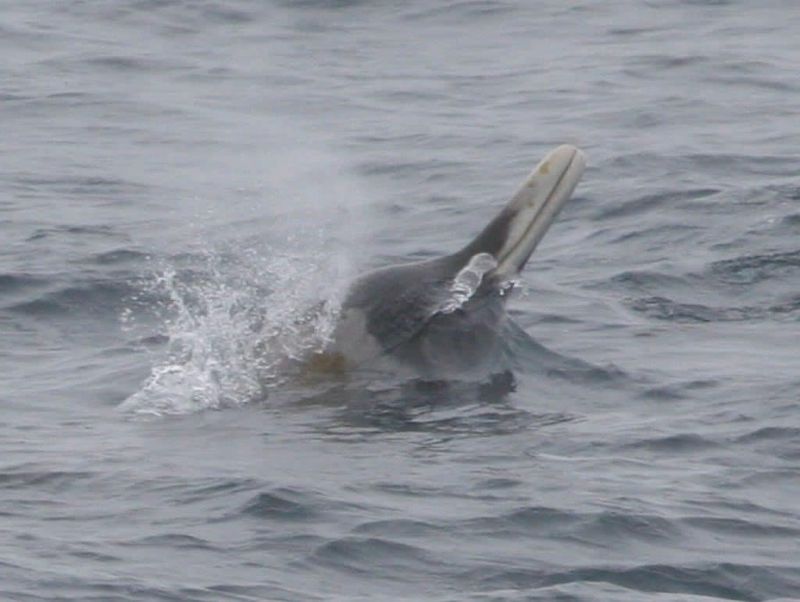
The Strap-toothed whale represents one of the ocean’s most mysterious creatures. While several specimens have washed ashore, only one living individual has ever been documented at sea.
In 1965, a research vessel photographed this bizarre cetacean with teeth that grow up and over its upper jaw like straps. How these whales feed with such dental impediments remains unknown, as no scientist has observed their behavior in the wild.
12. The Phantom Shark Of The Abyss
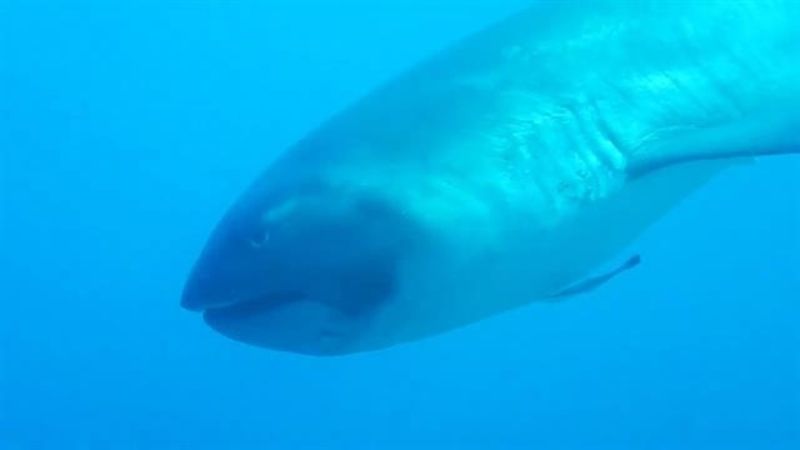
The megamouth shark remained unknown to science until 1976 when one became entangled in a Navy ship’s anchor off Hawaii. This 15-foot filter-feeding shark with luminescent lips represented an entirely new shark family.
Though a few specimens have since been found, only one living individual has ever been photographed in its natural deep-sea habitat. The single blurry image shows this gentle giant drifting through the darkness.
13. The Lost Lizard Of Las Vegas
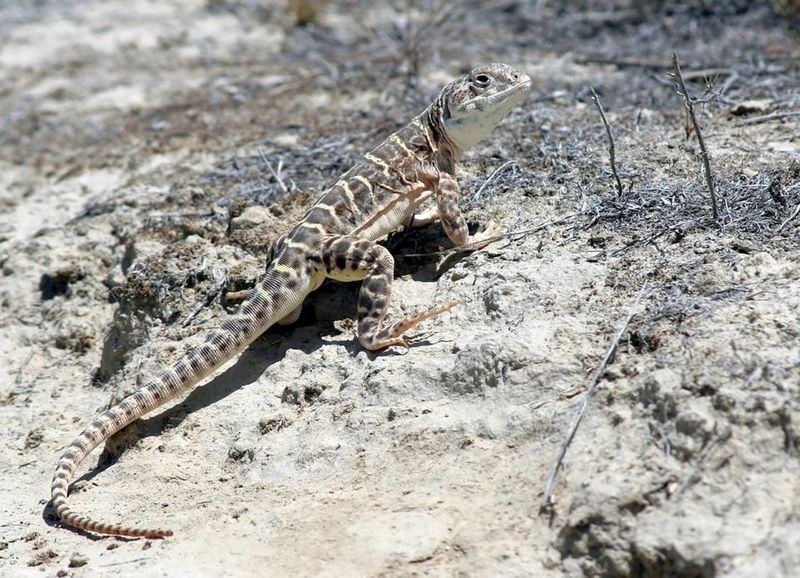
The Vegas Valley leopard lizard was documented exactly once in 1942 near what is now the Las Vegas Strip. A single specimen was collected before urban development completely transformed the area.
Scientists debate whether this reptile was a unique species or merely a variant of another leopard lizard. The original habitat has been entirely replaced by casinos and suburbs, making this creature a symbol of development’s impact on biodiversity.
14. The Phantom Butterfly Of Mount Kilimanjaro
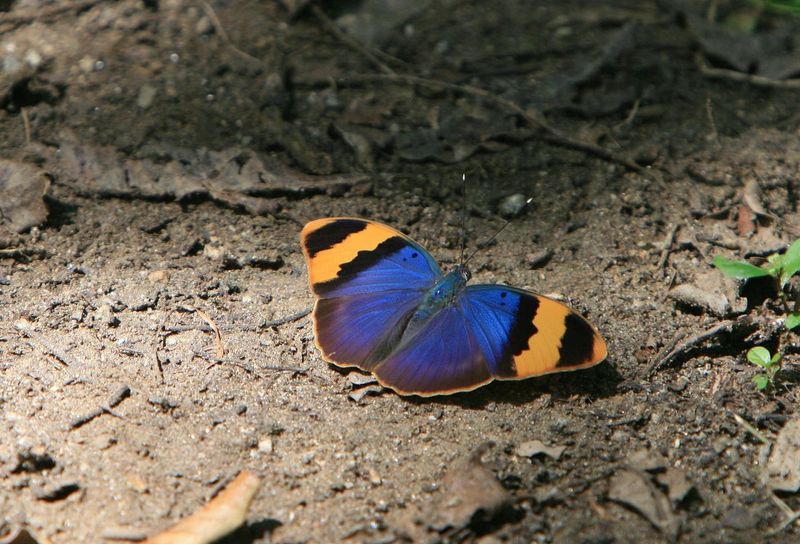
A brilliant blue butterfly with silver-edged wings was collected once in 1910 by explorers ascending Mount Kilimanjaro. This single specimen, preserved in London’s Natural History Museum, represents the entirety of our knowledge about this species.
Climate change has significantly altered the mountain’s ecology over the past century. Repeated expeditions have failed to find another example of this dazzling insect, which may have already succumbed to habitat loss.


